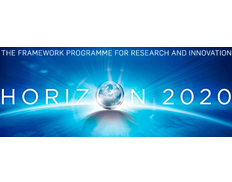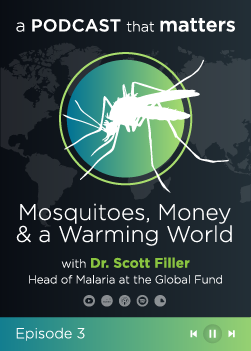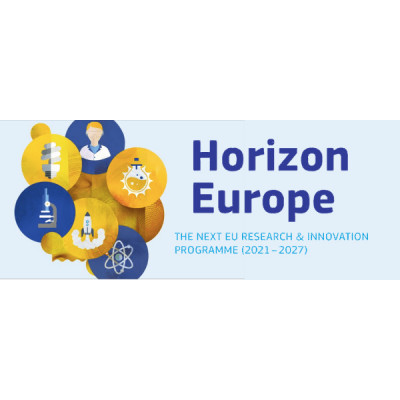
Disruptive photonics technologies
Details
Description
Call Updates
Oct 1, 2020 2:06:40 PM
An overview of the evaluation results of call H2020-ICT-2020-2, named Call Flash Info H2020-ICT-2020-2 is now available in section Conditions and documents - Additional documents of all the topics belonging to this call. These topics are: ICT-36-2020.
Jun 22, 2020 4:23:42 PM
Submissions to call H2020-ICT-2020-2
A total of 712 proposals has been submitted to call H2020-ICT-2020-2, which closed on 17 June 2020. These proposals, of which the evaluation will be organized over the coming weeks and months, were submitted to the following topics / Types of Action:
ICT-36-2020 – Research and Innovation Actions (RIA) - 79 proposals (indicative RIA budget EUR 47.5 million)
Apr 8, 2020 11:30:08 AM
Please note that the submission deadline for this topic has been extended from 22 April to 17 June 2020, 17:00, Brussels local time. This extension is a response to the COVID-19 crisis that has severely affected many potential applicants to this topic. With this extension, the European Commission wants to give all applicants more time for proposal preparation.
Nov 19, 2019 12:30:52 AM
The submission session is now available for: ICT-36-2020(RIA)
Sep 27, 2019 12:26:21 PM
Please note that A Guide to ICT-related activities in H2020 Work Programme 2018-20 has been published under Additional documents in section Topic conditions and documents of the 2020 topic pages
Disruptive photonics technologies
ID: ICT-36-2020
Type of action: RIA Research and Innovation action
Deadline Model : single-stage
Planned opening date: 19 November 2019
Deadline: 22 April 2020 17:00:00 Brussels time Forthcoming
Horizon 2020
Work programme: Information and Communication Technologies
Work programme year: H2020-2018-2020
Call name: Information and Communication Technologies
Call ID: H2020-ICT-2018-20
Specific Challenge:
The challenge is the development of advanced photonics technologies which have the potential to revolutionise an existing application sector or to create completely new applications and markets.
Scope:
The focus is on the following themes (sub-topics):
3D light field and holographic displays: Actions should develop innovative photonics components and systems which enable 3D light field or holographic displays for use in mixed-reality applications such as automotive, healthcare, telecommunication, entertainment and gaming. In addition, the display components actions may also develop sensors and actuators for necessary support functionality such as sensing, connectivity, user interaction, and scene recognition etc. Actions must include validation in application settings.
Packaging and module integration for photonic integrated circuits (PIC): Development of novel packaging, assembly, module integration technologies or novel testing approaches offering breakthrough advances for the automated, flexible, low-cost, high volume, scalable production of PIC-based photonic components or modules. Actions should demonstrate the technical and industrial feasibility of the proposed technologies or approaches through a functional demonstrator.
Light to Fuel: Development of photonics devices at TRL level 5-6 for the direct and efficient (>5%) conversion of solar energy into chemical fuel. Actions may also include R&D into catalyst development and disruptive material and device concepts where appropriate. Actions should demonstrate technical and economic feasibility.
Next generation biophotonics methods and devices as research tools to understand the cellular origin of diseases: Actions will focus on photonics-based in-vivo/in-vitro imaging systems and techniques which deliver greatly increased penetration, resolution, sensitivity, specificity and depth of focus. Real time data handling and processing may also be addressed as appropriate. Actions should include medical/clinical doctors or research laboratories with relevant experience.
At least one proposal will be selected to cover each of these themes.
The Commission considers that proposals requesting a contribution from the EU between EUR 3 and 6 million would allow these to be addressed appropriately. Nonetheless, this does not preclude submission and selection of proposals requesting other amounts.
Expected Impact:
Proposals should describe how the proposed work would contribute to the listed corresponding expected impacts and metrics, including the baseline and the targets to measure impact.
Actions should enable European system manufacturers to bring to market highly competitive products by integrating 3D light field and holographic visualization solutions for systems and user-centric services in different areas, and to build a Europe-centred value chain from the domestic manufacturing of components and software up to the system integrators and end users.
Approaches must deliver a reduction in production costs by an order of magnitude, enabling the introduction of PIC technology in new markets.
The projects should demonstrate the efficient conversion of solar energy into chemical fuels, with a device efficiency of >5% and payback period of <10 years. This should enable Europe taking the lead in creating a multi-billion industry, and give independence from imported energy.
Significant gain in understanding of inter- and/or intra-cellular processes; strengthen Europe’s industrial position in the biophotonics-related market for microscopes and research and development tools.
Cross-cutting Priorities:
Contractual Public-Private Partnerships (cPPPs)
Photonics
Socio-economic science and humanities


